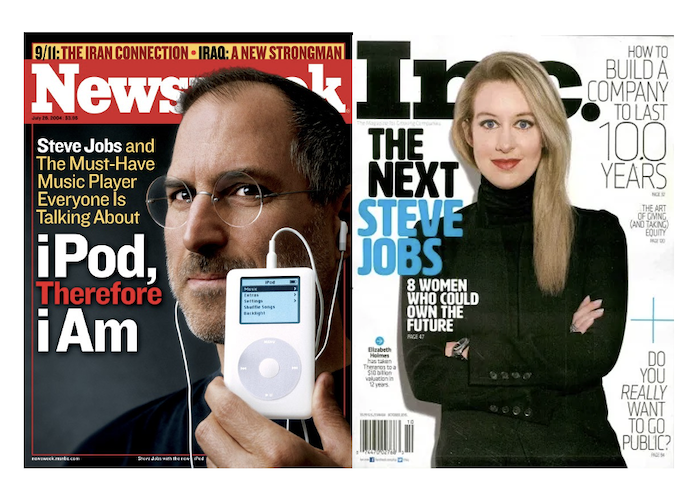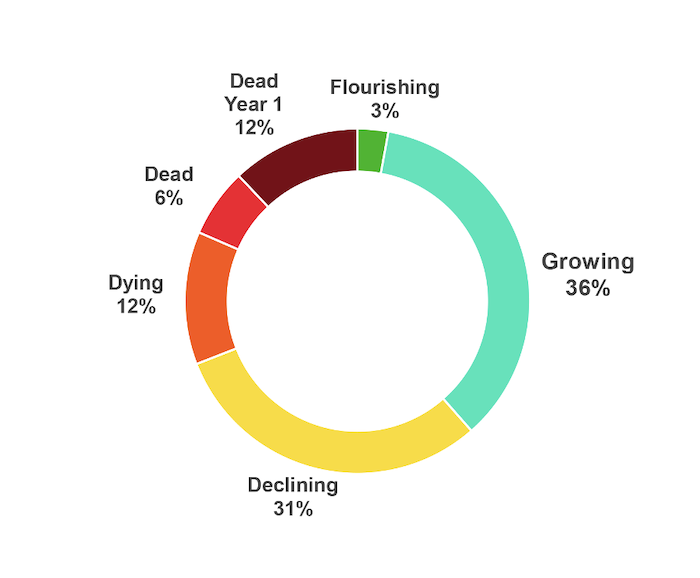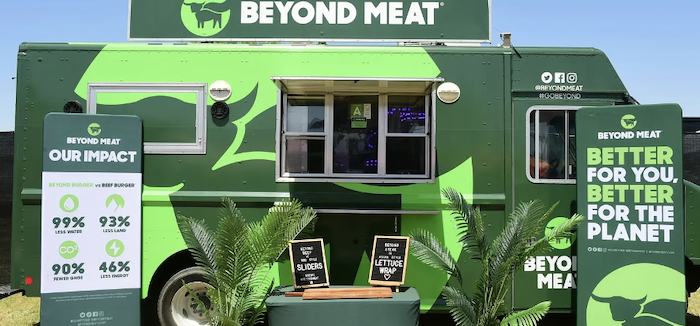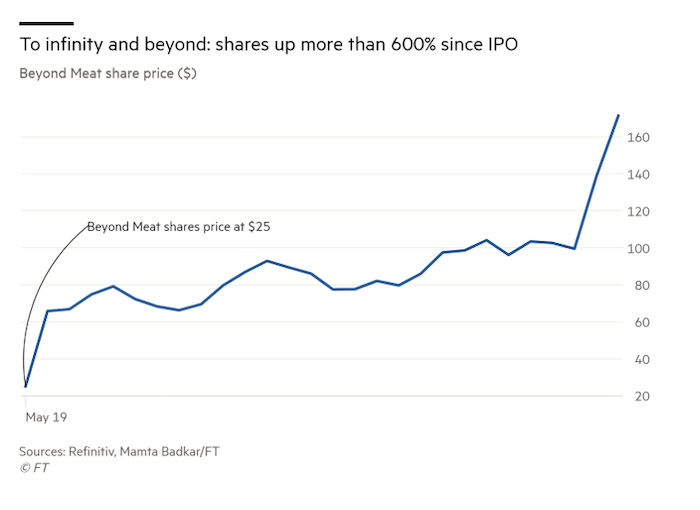When Apple introduced the first generation iPod music player in 2001, there were already a number of competitors on the market. Yet within two years, the new product had already captured more than a third of the market, and within another year it had moved past a 60% share. Of course, a number of factors played a role in its success. But one of them was fresh communication. No boring enumeration of technical characteristics - the slogan that broke through spoke of "1000 songs in your pocket".
It's no wonder that in 2004 Steve Jobs made headlines as the creator of the player everyone was talking about. But of course, the media soon began looking for the next Steve Jobs. It was to be Elizabeth Holmes, who had taken her start-up Theranos from zero to $10 billion. Her story is fascinating: she became the youngest self-made billionaire, and her idea to analyse health using a single drop of blood on a patented platform in "wellness centres" across the US was hailed as a groundbreaking innovation. Until it all turned out to be a little different, her technology didn't work as she claimed and the whole company collapsed and went from billions of dollars back to zero very quickly.
 Magazine headlines featuring Jobs and Elizabeth Holmes,; Source: Newsweek & Inc.
Magazine headlines featuring Jobs and Elizabeth Holmes,; Source: Newsweek & Inc.A change of days, or a real trend?
Of course, this is an extreme example where the pressure to innovate for success has literally turned into a crime drama. For most projects, the suck of innovation will be less dramatic but still substantial. Analysis by research company Kantar shows that when it comes to product innovation in food, only 3% actually succeed in the second year after launch. More than a third (36%) show an increasing trend, but 31% are declining, 12% are close to disappearing, 6% are continuing in the second year and 12% did not even see the second year. Adding up the numbers, 61% have either disappeared or are struggling.
 Source: Kantar 2022
Source: Kantar 2022What's behind this? It could be flawed assumptions regarding market development. As Bill Gates said, "People overestimate the changes that will occur in the next two years, but underestimate the changes that will occur in the next ten years." The current theme in the food industry is "Dubai chocolate", which has become a phenomenon and inspired many companies to create their own versions and variants. But will it still be relevant a year from now? Remember the craze for Prime drinks, which drove the price to short-lived heights, while now we see the products in outlet offers.
But the most common reason for failure is an unclear value proposition, where it's not clear why people would want the innovation in the first place. However, missing or faulty marketing communication, failure to meet customer expectations or underestimation of competitive activities also play a role.
Target flexitarians yes, but beware of changing preferences
One company that has sensed the trend of the times is Beyond Meat. Founded by Ethan Brown, the company's motivation was to come up with a meat substitute that matches meat products in taste, texture and consistency, significantly reducing the burden on the planet in terms of resource consumption and emissions. Instead of having to first use the vegetable products to feed animals, they go straight to the end consumer. The brand demonstrated all of this by comparing its plant-based burger to a conventional burger and roofed it with the slogan "Better for you, better for the planet".
 Source: Beyond Meat
Source: Beyond MeatThe strategy in this case was to target not only vegetarians and vegans, but also so-called flexitarians - people who eat meat but want to reduce their consumption.
 Source: Proveg International
Source: Proveg InternationalIt all seemed like the perfect formula for success, and when it went public in 2019 as the first company of its kind, it was met with a phenomenal response. In a very short period of time, the stock price shot up from the original $25 to more than six times that. Financial Times wrote that Beyond Meat is heading "to infinity and beyond."
 Source: Financial Times
Source: Financial TimesHowever, the rise was followed by a fall and now the share price has been around three dollars for a long time. Celebratory headlines have been replaced by rumours that consumer preferences have changed: they are still trying to cut down on meat, but at the same time they are also trying to cut down on the use of additives and industrial processing. The future, it is said, still belongs to plant-based meat alternatives. But it just doesn't necessarily include companies like Beyond Meat.
A boring category can be an opportunity
A different story is being written by ketchup maker Heinz, which has expanded into the adjacent pasta sauce category in the UK market. Marketers noticed that while the shelves were full of sauces, they were interchangeable and had almost no communication. Boring? That's room for brands that conceive of communication differently. So Heinz figured it was absurd that it was entering a category where it "should" be, of course, so late. The tonality, where the brand didn't take itself too seriously, worked perfectly on the audience.
Whether it was part of the plan or not, it also played into the brand's hands that top model Gigi Hadid posted a plea on the networks for Heinz to come up with some sort of equivalent of a Bloody Mary, combining gravy with vodka. The brand listened to that and teamed up with Absolut. Their joint innovation became a viral hit and the entry into an already saturated category became the brand's most successful innovation ever.
It turns out that creative communication that allows a brand to stand out can actually increase the chances of an innovation's success. However, the brand DNA must be taken into account and of course it helps if the brand is already well-liked and trusted by customers. One of the principles of evidence-based marketing is that big brands automatically have a competitive advantage in communication.
Another area of discussion is research - especially with innovation, you need to pay attention to what customers are saying and how they actually behave. For this reason, the subconscious signals of potential customers are taken into account. You may hear that "the cash register is still the best test". However, this is a more expensive option because by that time you have already invested in the entire marketing mix - from product and pricing to distribution and communication. Therefore, testing still makes sense as an opportunity to reduce risk and avoid unnecessary costs.
This article was prepared based on a presentation for Retail Summit.
Source: mediaguru.cz

